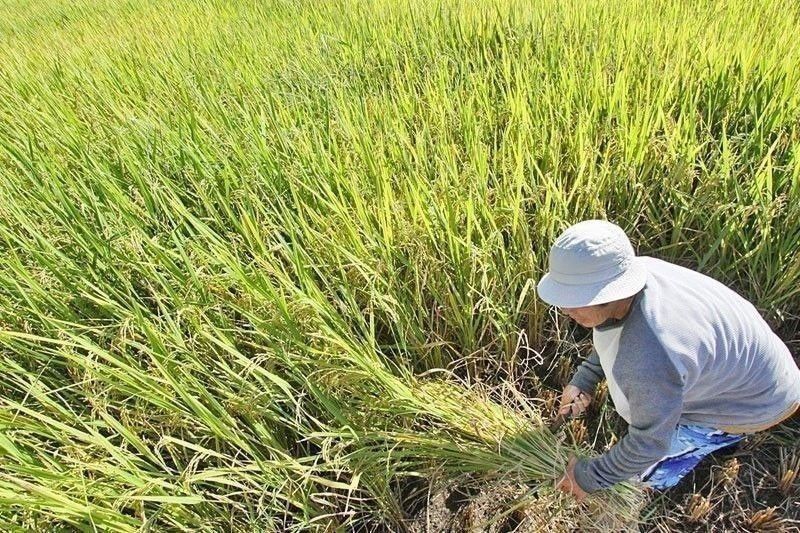Philippines to benefit the most from India’s rice plan

MANILA, Philippines — The Philippines will likely benefit the most in Asia once India decides to lift its restrictions on rice exports amid the country’s dependence on rice imports and the recent tariff reductions, according to Japan-based think tank Nomura Global Markets Research.
In a report, Nomura said India may ease its rice export restrictions in the coming months due to expectations of a good harvest, ample rice buffer stocks and softening rice price inflation in India.
If implemented, easing of restrictions should help cool down global rice prices since India accounted for 35 percent of global rice exports before its export bans were implemented.
“We expect the Philippines to be the biggest winner in Asia, given the high share of rice in its CPI (consumer price index) basket, its dependence on rice imports and recent rice import tariff reductions,” Nomura said.
Since late 2022, India has banned exports of its non-basmati rice in a bid to ensure local food security and mitigate rising prices. However, the move pushed up global rice prices and hurt rice-importing nations globally.
Nomura said that if implemented, the impact of easing rice export bans would be felt directly by countries that import from India and indirectly by all rice importers due to its impact on global rice prices.
“Asia is the largest producer and consumer of rice, which forms part of its staple diet, so a fall in rice prices would have a beneficial impact on consumers in Asia,” it said.
The research firm noted that across the region, Singapore and Hong Kong depend on imports for 100 percent of their rice consumption needs.
The ratio is also high in Malaysia with 41 percent of domestic rice consumption demand met via imports, and the Philippines with 28 percent.
However, the 8.9 percent weight of rice in the Philippines’ CPI basket is the highest among emerging Asian economies.
“The Philippines was hit particularly hard during the period of high rice prices, given its high dependence on imported rice,” Nomura said. “As such, lower global rice prices should have the most beneficial impact on the Philippines, followed by Indonesia.”
Elevated rice prices were the main contributors to headline inflation since late 2023, prompting President Marcos to impose a cap on rice prices in September last year amid supply shocks and reported hoarding locally.
Rice inflation peaked at 24.4 percent in March, the highest in 15 years, and has since slowed down to 22.5 percent in June.
“The Philippines will likely benefit the most from falling international rice prices, via positive terms-of-trade effects and easing domestic food price inflation,” Nomura said.
Easing inflation could then prompt the Bangko Sentral ng Pilipinas (BSP) to start its easing cycle by October.
However, the risk of an earlier rate cut in August is rising, Nomura said. This is due to recent signals from the BSP chief, indicating that the BSP does not have to wait for the US Fed before it starts easing.
The BSP has kept interest rates at 17-year highs since October 2023. BSP Governor Eli Remolona Jr. earlier said the Monetary Board might consider cutting borrowing costs by 25 basis points on Aug. 15.
- Latest
- Trending



























